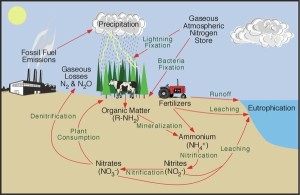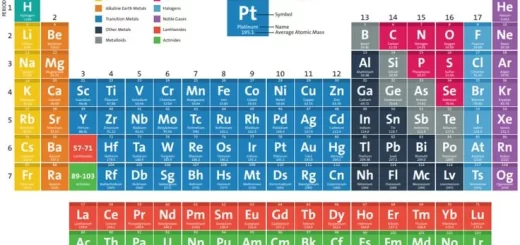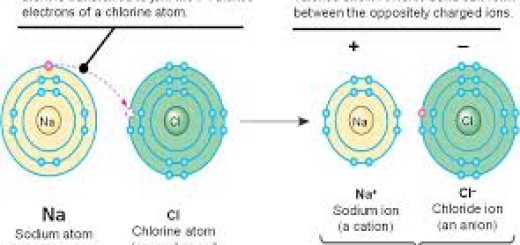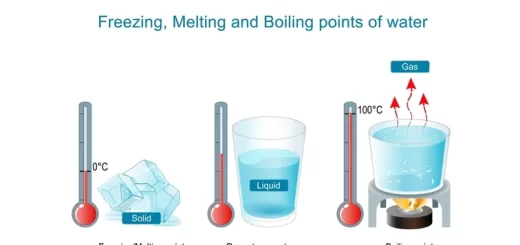What are the sources of atmospheric nitrogen gas?
Nitrogen gas is also called the azote which means lifeless as it does not help in burning and it is not included in the respiration process, and nitrogen molecule (N2) is composed of two nitrogen atoms (N). Nitrogen gas is the most abundant gas in the atmosphere, it represents 78 % of the volume of the atmosphere, So the main source of nitrogen gas is the atmosphere air.
Nitrogen gas
the plants are the main users of nitrogen gas in the soil, They can take in the nitrates through their root system, the nitrates are used in the organic compound that let the plant survive, the organic compounds have carbon atoms which might be the proteins, the enzymes, or the nucleic acids.
Nitrogen gas exists in the atmosphere with a percentage of 78 %, It contributes in the composition of all living tissues of living organisms, and it is used as a biological nitrogen source by a certain bacteria.
Nitrogen gas exists in the legumes (such as the clover, the peas, and the soybeans) that contain the protein, where their roots contain the nodular bacteria that takes the atmospheric nitrogen and converts it into the protein.
When the plants convert the nitrogen, so, nitrogen gas will be returned to the soil or the animals will get it, where the herbivores eat the plants and they convert many of the amino acids into new proteins.
The omnivores can get nitrogen gas by eating both the plants and the animals, and the nitrogen atoms are returned to the soil in dead organisms, so the whole process can start again.
Nitrogen gas is a very important gas as it forms the protein substances that build up the body of all the living organisms, nitrogen gas exists in all the protein substances as it is the main component of protein.
The atmospheric nitrogen is converted to nitrate which is a biologically important form by lightning as oxygen gas reacts with nitrogen gas during the lightning forming nitrogen oxide that reaches the soil during the rain.
The volatile organic nitrogen compounds are released to the atmosphere during the plant decay, and nitrogen contributes to the composition of all the living tissues of the living organisms.
The industrial emissions and the fossil fuel combustion contribute gaseous nitrous oxides, nitrous oxides, nitrate and nitric acid which is one component of the acid rain from the sources sometimes hundreds of miles distant.
The atmospheric nitrogen is delivered to the sea and the land in the rainfall as dissolved compounds (the wet deposition) and as absorbed compounds on the dust particles and the leaves (the dry deposition).
Nitric acid properties, Passivity phenomenon & Economic importance of the 5A group elements
The most famous elements in 5A group (Nitrogen properties, Preparation & compounds)
Elements of p-block, General properties of group 5A elements (group 15)




